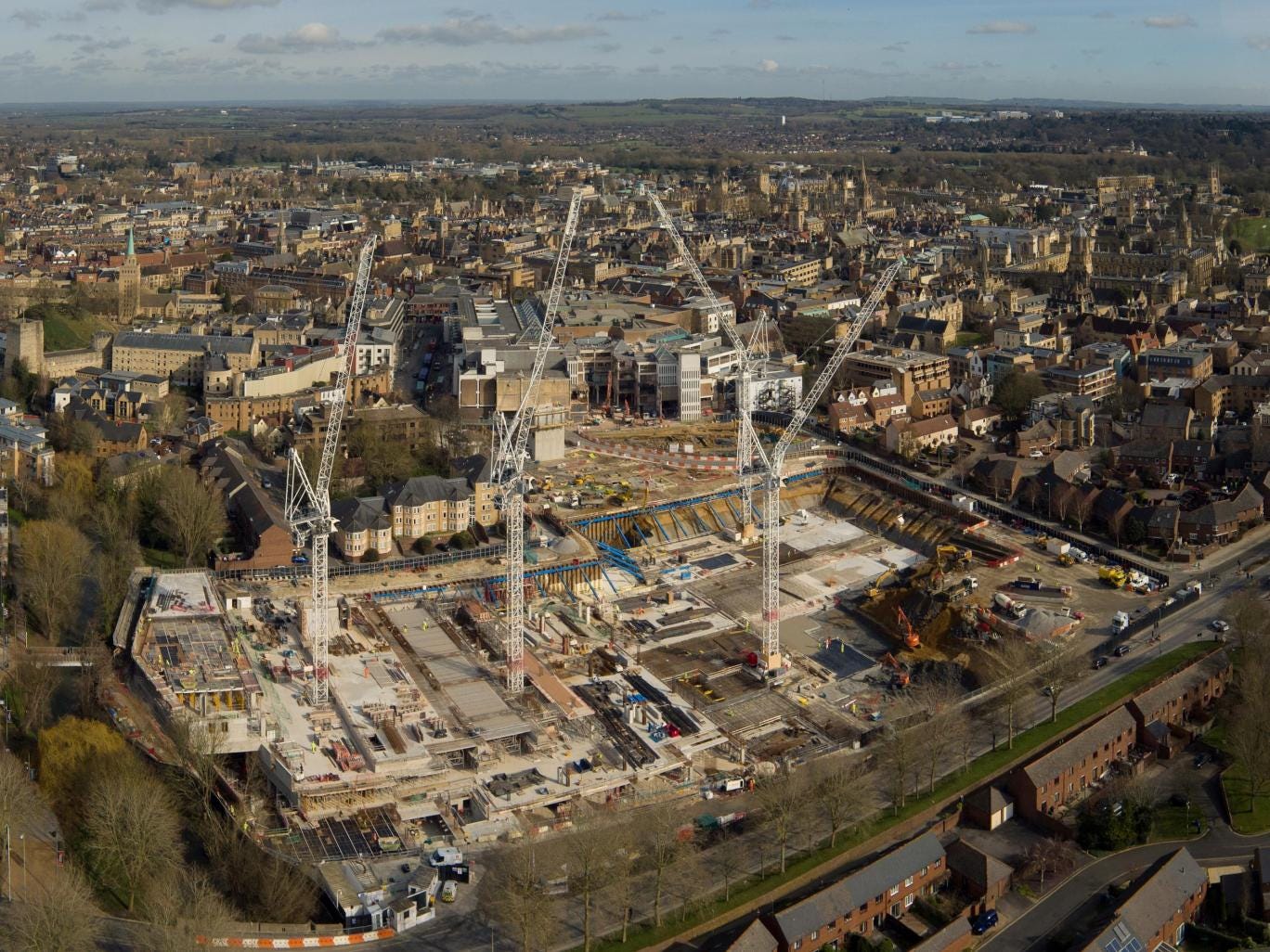Oxford’s medieval secrets: a panorama of the development site and excavations
Photos Oxford Archaeology
Archaeologists have been unearthing the realities of daily life at Oxford University – as they were experienced some seven centuries ago.
In one of Britain’s largest-ever urban excavations, investigators have found the writing equipment, refectory cutlery and even ceramic beer mugs used by students and teachers back in the 13th, 14th and 15th centuries.
They’ve even been able to rediscover what Oxford’s medieval scholars were eating – a very wide range of food including beef, lamb, goose, salmon, trout and eggs.
For the first time for many centuries, archaeologists were able to see substantial parts of one of the university’s greatest medieval teaching institutions – a friary established by Franciscan friars in 1224.
It was of pivotal importance in the history of Oxford University.
Read the rest of this article...






